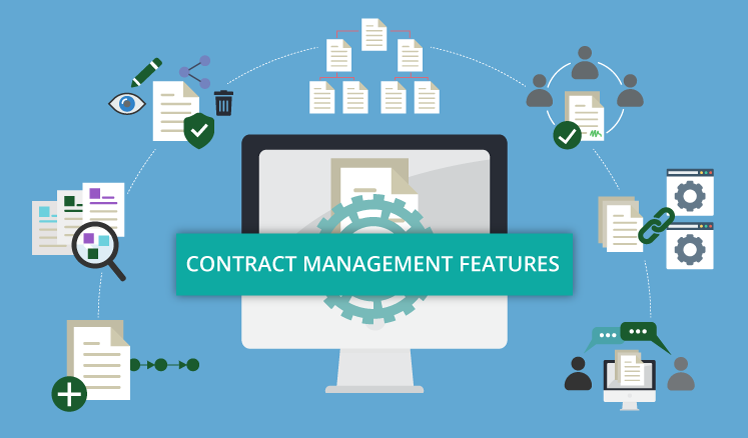Even as businesses re-open, there is a need to adhere to social distancing and self-isolation measures to curb coronavirus spread. This means practices such as working remotely are bound to become the new normal. While many companies have already embraced the idea, employers are finding it difficult to keep employees motivated and united despite being apart physically.
Virtual meetings have helped solve this problem, but they can be a make or break every aspect of a remote workforce as factors like job satisfaction and productivity hang in the balance. Experts note that many managers treat virtual teams as a regular workforce; it should not be the case. Remote teams are different; thus, managers need to take specific steps to ensure productivity levels remain high. Here’s how:
What is a Virtual Meeting?
It is a meeting that occurs online where each participant attends remotely. It is possible through video-conferencing tools like Zoom, Skype, Google Hangouts, ezTalks Cloud Meeting as the platforms allow video, audio, and screen sharing for better collaboration and engagement. While the meetings lack face-to-face social cues that can present some barriers to natural communication, many companies have found virtual meetings just as productive as in-person meetings.
Setting up a Virtual Meeting
You want to schedule the meetings early on to allow everybody the opportunity to prepare. This means sending the word to all your employees to determine the best time to launch the meetings. Confirm the details by sending out a calendar invitation and include the link generated alongside the passcode required to join the meeting.
Break the Ice
Virtual meetings can be intimidating, especially for those using video-conferencing tools for the first time. This is because teams need to learn different technologies quickly, and their learning curves differ. Breaking the ice allows teams to warm things up before embarking on the main agenda. It’s also an excellent opportunity for attendees to check if their audio is working properly and catching up. The manager can enlist the help of a managed IT support to help participants address any technical issues that may arise to reduce disruptions.
Communicate the Ground Rules
A virtual meeting is a new environment for everyone hence the need to set out ground rules to ensure the meetings run smoothly. Here are some factors to consider:
- Audio: The best practice is to remain muted during a virtual meeting unless you want to comment or ask a question to prevent background noise from becoming a distraction
- Video: The attendees should use video for meetings only. This way you can engage with the participants better using non-verbal communication
- Etiquette: Deliberate the meeting’s etiquette expectations to promote order. The most common address the usage of mobile devices, eating during meetings, checking notifications, stepping away from your desk, among others
- Indicate to the others when you are done talking: It’s difficult to communicate such cues in a virtual meeting, hence making it clear to other participants when they are done speaking is important. You can move on the next point, call on the next person to talk, or ask questions
Lay Out the Structure on How You Expect Participants to Engage
A virtual meeting is different from an in-person meeting, as teams can no longer rely on conventional communication systems. Thus, managers need to set out a plan participants can follow during conversations in a virtual meeting. These strategies should come in handy:
- Raising your virtual hand: Apps like Zoom have a ‘raise hand’ feature participants can use to ask a question or comment. If hosting a large meeting, ask participants to use such tools
- Jump In: You can also allow participants to jump into the conversation. Ensure everyone participates to avoid creating a one-person meeting
- Chat feature: If asking questions, participants can provide answers in the chat helping you hear answers from a large group
Hold Short and Efficient Meetings
Remote meetings are more efficient when held within a short period because teams strive to make the most out of the meeting. Also, the agenda of the meeting has been communicated in advance, so people come prepared to work together. Avoid inviting additional people to the meeting. If you need an expert’s advice, ask them to be on call, and avoid engaging them throughout the meeting.
Common Virtual Meeting Technologies
A range of virtual meeting platforms has been developed, given the rapid increase of companies working remotely. Some offer free trials allowing you to try them out before subscribing to their plans. Here are a few:
Zoom
The platform provides an opportunity for the free flow of information, which is imperative to keeping a remote workforce engaged. The paid version hosts up to 1000 participants, but if you have a smaller team, you can use the free version. The app has features like virtual whiteboards, audio recordings, time-limited sessions, and free one-on-one video calls.
GoToMeeting
The platform has high-definition video and audio-conferencing, and screen-sharing features for mobile and desktop users. It comes in handy while on the go allowing participants to launch and host meetings via smartphones; a feature rival providers don’t offer.
Slack
It is primarily used to encourage communication among employees. Slack has a messaging functionality that helps minimize the large number of emails sent between colleagues. What’s more, it allows you to create continual permission for employees to talk about issues not discussed during video meetings.








Add Comment